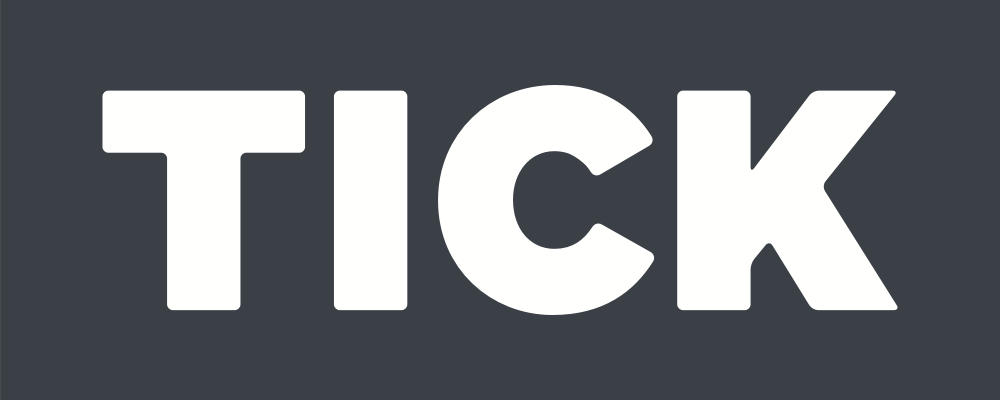Transform Your Company Culture into One of High Performance
By empowering employees from the ground up, organizations can maximize performance by allowing employees to work more autonomously and manage their own performance in alignment with business objectives. Tools with features commonly used to monitor remote employees can help companies create and support a high performance culture.
Culture, in the broadest sense, is made up of a collection of the social behaviors, institutions, customs, knowledge, beliefs, laws, art, capabilities and habits of a particular group. Any group of individuals who function together on a regular basis will see a culture naturally arise from their interactions and attitudes.
Businesses are no exception. Every organization has a company culture, the difference between a good company culture and a toxic one lies in how much effort the company puts into cultivating it. If you do not take steps to actively design and direct your culture, it can quickly sour, having detrimental effects on your business.
A good company culture is great, but businesses can take it a step further by doing more than simply adding benefits and perks. Instead, employers should focus on fostering a culture of high performance. A high performance company culture is achieved by cultivating an environment designed to make employees as effective as possible at supporting business goals and bringing value to the company.
It’s not just about getting the most out of your employees; it’s about getting the most out of them responsibly. This requires significant trust and investment into your workforce, and empowering your organization from the ground up.
How can you achieve a culture of high performance in your workplace? Read on to find out.
How to Cultivate a High Performance Culture in the Workplace
To achieve a culture of high performance in your organization, you first need to build a foundation focused on empowering your employees. This is key. By doing so, you empower your organization across the board from the ground up.
This enables employees to carry out their jobs in the best way possible and maximize their individual performance. It’s also essential that your company culture is aligned with your organization’s strategic goals and objectives.
When your employees are aligned with your company’s values, it strengthens your organizational identity and allows you to better deliver on your brand promise. In addition, a high performing work culture strengthens your business’s tangible and intangible assets.
What does a high performance culture look like and how can you cultivate it within your own organization? High performance work cultures are:
Aligned and Engaged
Employees understand company and team objectives clearly. They understand how their personal goals align with the overarching company goals. This provides them with a sense of purpose, the ability to see how their work is connected to the bigger picture. This sense of purpose helps to boost employee engagement and satisfaction. They understand the company’s mission and values, believe in them, and act accordingly.
How to cultivate:
To ensure that your employees are in alignment with your business’s objectives and engaged, implement a continuous engagement model. The goal of this model is to keep employees continuously engaged and enthusiastic about the company and what they do. When a workforce is engaged, it helps to boost the employer brand, which both attracts new talent and keeps employee retention rates high.
Collaborative and Communicative
United by a common goal, employees cooperate with one another, share knowledge and resources, and offer each other guidance and support. Open, effective, and regular communication is also paramount to keeping employees aligned and engaged.
It’s important that HR collaborates with team managers to organize regular performance reviews designed to provide feedback, mentor employees, and help them understand their contribution to their organization.
How to cultivate:
To boost collaboration and communication within your business, it’s essential to have proper communication tools. It’s important to have a communication platform that centralizes all important information and provides a single source of truth for company communications. This ensures that communication is not lost or missed and gets distributed to all who need to see it. Both Slack and Microsoft Teams are popular examples.
Foster cross-departmental collaboration by promoting collaboration on projects that connect different departments. Programs that promote cross-departmental training or shadowing are a great way to get departments working together and to get a better understanding of what everyone’s function in the company is.
For a high performance culture, it’s important to have 2-way feedback channels. A good way to accomplish this is to implement a 360-degree feedback model and an agile performance management system. Agile performance management is based on continuous feedback and ensures that both employees and managers have an active role in employee development.
Healthy and Flexible
High performance cultures maximize employee performance responsibly by ensuring employees stay healthy physically and mentally. This helps to prevent burnout and improves employee satisfaction and retention rates. Working environments are more flexible regarding how, where, and when employees work. Companies are more adaptable to different individuals’ working habits and needs, which helps promote a better work-life balance for employees.
How to cultivate:
Allow employees to have more flexible scheduling options and implement a hybrid-working model to give employees options for how and when they work. Hybrid-working models have been known to boost employee productivity, engagement, and wellbeing.
Implement an employee wellness program within the organization. Focusing on employee wellness helps keep employees physically and mentally fit, improves their relationship with work, maximizes performance, and increases engagement. In addition, employee wellness programs combined with hybrid working options can do wonders to help prevent employee burnout.
Rewarded and Recognized
Right action and hard work is regularly and publicly rewarded and recognized in high performance cultures. Recognition programs allow employees to feel that their hard work is valued and appreciated.
How to cultivate:
While metrics provide important performance feedback, use metrics to support performance, not drive it. Focus more on rewarding right action and behaviors rather than punishing mistakes. Implement a recognition program in order to create an undercurrent of authentic motivation to drive your workforce that’s not based on the fear of failure.
Autonomous and Accountable
Employees are able to work independently and are accountable for their work. Management does not micromanage but trusts employees to carry out their tasks on their own accord. Creative thinking and problem solving is encouraged and employees are empowered to make decisions.
How to cultivate:
Empower employees through a culture of continuous learning with strong learning and development programs. By training employees to have the right hard and soft skills they need to do their jobs, employers can rest assured knowing that their employees are fully capable of handling their responsibilities. This allows employees to work autonomously, with little micromanagement needed so managers can focus on other activities that bring value to the business. According to recent research, learning and development is second only to salary for what employees look for in an employer.
Train managers well to ensure good management practices. Managers provide guidance and support rather than micromanaging their teams, and the opinions of all employees are valued when making business decisions. The role of the modern manager is changing as managers become more mentors or coaches to their employees. Bad management practices can be detrimental to your workforce and your business, particularly when it comes to employee retention.
Enable digital transformation within your business. Digital transformation ensures that your employees have all the tools they need for training, to easily carry out their tasks, and to work remotely and autonomously. Digital tools with features like work from home employee tracking allow managers to get valuable insight into their employees’ workload without needing to micromanage them.
Agile and Innovative
A high performance organization encourages employees to think creatively and fosters innovation by allowing individuals to present new ideas and best practices. Employees in high-performance organizations are highly adaptable and not afraid to take calculated risks. They reframe setbacks as opportunities and failure is treated as a learning opportunity at all levels of management.
How to cultivate:
Increase learning and development, cross-departmental collaboration, and continuous feedback to boost innovative thinking and agility within your organization. Any of the mentioned suggestions in the article for cultivating a high performance culture will create the right environment for both agility and innovation to thrive.
Take steps to simplify work processes. By simplifying processes employees are empowered to work faster and more efficiently. When challenges arrive, having clear SOPs will allow employees to jump into other roles and fill in where needed, allowing your business to adapt quickly to changes.
Not every company or industry will be able to implement a fully autonomous or hybrid work environment, but you can still take steps towards a high performance culture where possible to boost innovation and other aspects of high performance.
Use Remote Team Management Tools to Support High Performance
You may be wondering - can I maintain a high performance work culture in my organization even when my workforce is hybrid/ remote? The answer is absolutely yes! In fact, When it comes to supporting autonomous, high performing workforces, remote employee management software already offers many features that can help your business cultivate a high performing culture in the workplace.
How? Well, tools traditionally marketed to monitor remote employees are not necessarily only for monitoring work from home employees. These tools empower employees throughout the organization, whether they work in office, at home, or oscillate between.
For example, Insightful includes features that are beneficial for remote worker monitoring, but unlike other similar remote employee monitoring tools, Insightful is dedicated to empowering employees from the ground up. By leveraging their own valuable data insights, employees are able to work more autonomously and manage their own performance.
Insightful enables managers to make better management decisions, supports digital transformation, provides metrics to support performance, and enables flexible work environments; all of these are keys to high performance.
¿Está listo para tomar el control total de su lugar de trabajo?
Pruebe la solución más sencilla hoy mismo...
Prueba Gratis.svg)
.jpg)




























%20(2)%20(1)%20(2).png)

%20(1).png)
%20(1).png)




%20(1)%20(1).png)